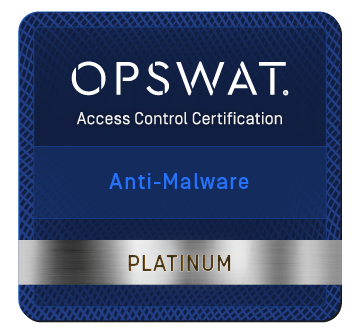The native backup tool for Windows PCs is called "File History". With File History, users can initiate intuitive partial backups and save local file copies relatively easily. If you don't need to back up extensive amounts of data, File History may be enough to keep important files and folders secure. However, File History backups are stored within the PC, so they won't be any good if your PC is somehow corrupted, stolen, suffers physical damage, or is hit by a ransomware attack.
Microsoft offers another way to go about Windows PC backup, and that is the Backup and Restore feature. The feature serves several purposes similar to File History but has a few crucial limitations.
Firstly, Backup and Restore offers only two backup options: "Let Me Choose" and "Let Windows Choose". If you "let Windows choose" what to back up, it will do so for all default folders unless you interrupt it. The default backup folders for Backup and Restore (as well as for File History) are Documents, Pictures, Music, Videos, Desktop, and any offline OneDrive data stored on the PC. To back up critical files, they must be placed in one of the default folders first.
If you want to initiate a customized backup, you can interrupt the default option, but that comes with another drawback. If you wish to choose backup folders manually, Backup and Restore won't allow the backup of files in the Recycle Bin, data stored on FAT-formatted drives, temp files on small drives (below 1GB), disks and partitions without a drive letter, or files in Windows System folders.
As for data restoration, File History allows single-file recovery, but Backup and Restore does not. If you wish to restore individual files from Backup and Restore storage, you must recover the entire backup. Moreover, Backup and Restore doesn't allow storing multiple system images on the same drive. You'd need multiple backup storage devices to store additional PC system images.
Lastly, File History and Backup and Restore don't support cloud backups. If you want to transfer backups online, you'd need to use a third-party backup solution.










